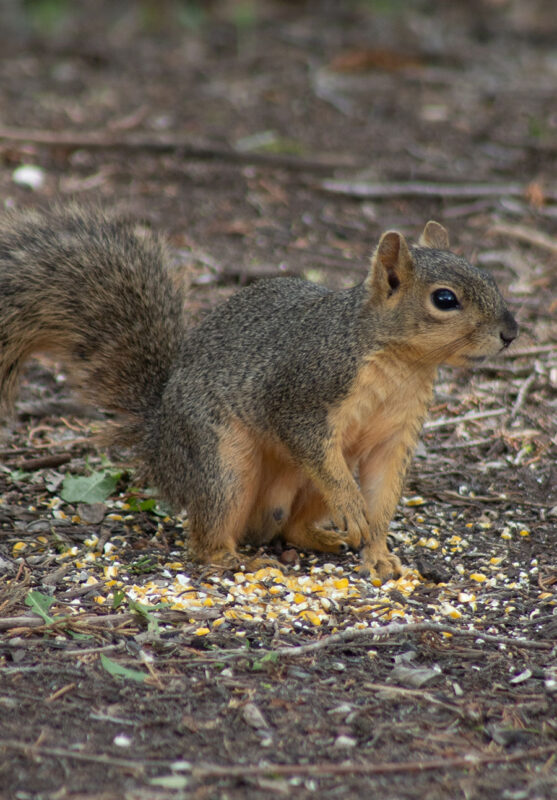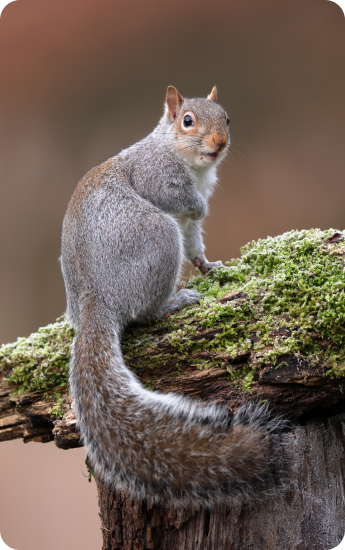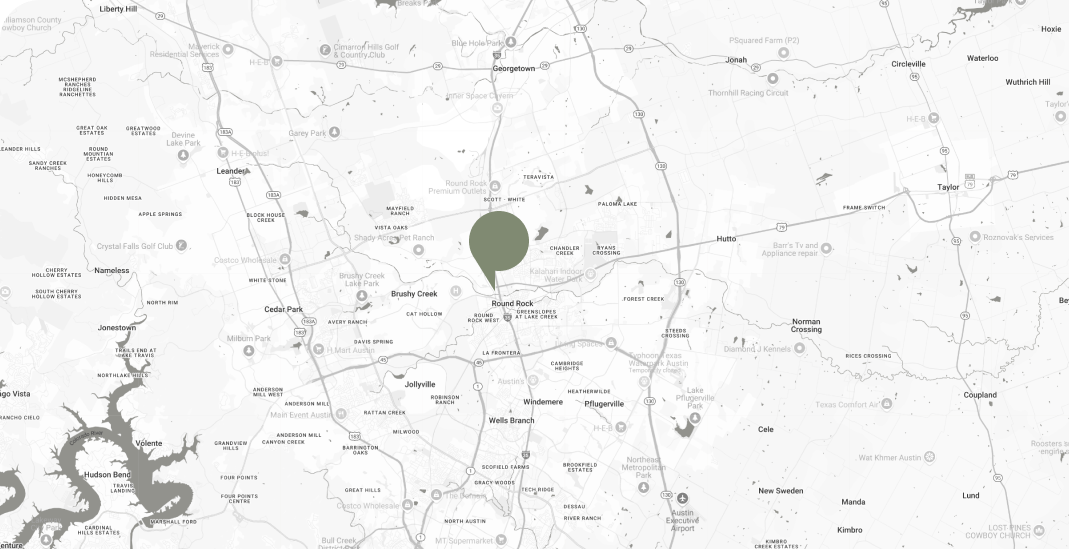Squirrels
Diseases
Squirrels in general are not considered a significant public health concern, as with all animals squirrels do carry parasites such as fleas, along with urine and dropping can be a vector of diseases, such as:
- The Plague
- Leptospirosis
- Salmonella
- Squirrel Pox
Squirrels
Management
Squirrels are very persist in nature, once established, in the attic, squirrels must be trapped and removed to lessen the chance of future damage caused by the animal trying to re-enter the structure. Squirrels that are denied their previously used access will often make a new entry point. Allowing squirrels to live and raise young in your attic can be costly. Austin’s Wildlife Removal Service’s identifies all points of entries and monitors the entries after the squirrel has been removed to ensure complete removal of squirrels from attic before animal proofing. AWRS uses a 26 gauged paint grip sheet at all roof intersections, and all roof and gable vents are proofed with a 23 gauged galvanized, woven hardware cloth. This prevents animal entry, while allowing air flow thru vents.



